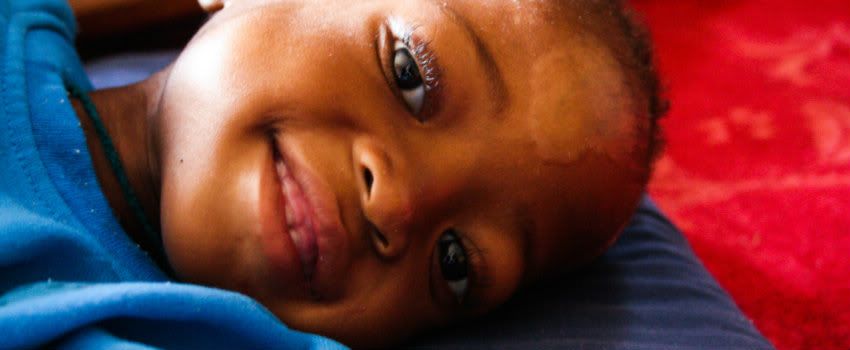For two months, TTL hosted Bianca Garcia, a graduate student from the Notre Dame Eck Institute for Global Health, as she conducted research in rural Lesotho. This is the first of a 3-part blog series of Bianca's research and reflections.
When you hear the word 'research,' your mind probably automatically jumps to an image of a woman or man in white lab coat standing over a big beaker of liquid.

When you hear 'qualitative research' or 'surveys' you probably think of the pesky emails you receive from this company or that company about the quality of their services. However, you probably do not envision a Master’s student and her translator trekking across miles…ahem I mean kilometers of mountainous Lesotho searching for their next survey participant. This has certainly not been like any type of research that I have ever experienced before.
When you hear the word 'research,' your mind probably automatically jumps to an image of a woman or man in white lab coat standing over a big beaker of liquid.

Maybe something like this>>
When you hear 'qualitative research' or 'surveys' you probably think of the pesky emails you receive from this company or that company about the quality of their services. However, you probably do not envision a Master’s student and her translator trekking across miles…ahem I mean kilometers of mountainous Lesotho searching for their next survey participant. This has certainly not been like any type of research that I have ever experienced before.
The goal of my research this summer has been
to see how the health and economic status of a caregiver (either maternal or
non-maternal) affects the health and development of the child they care for.
Specifically, I have been conducting thirty-minute surveys of caregivers in
Mokhotlong and the surrounding areas as well as collecting height and weight
measurements of their children. I am now in the tail end of my research and
beginning my data analysis, but there have been many interesting and fun
experiences along the way.
Before beginning my research here in Mokhotlong I was not
sure what to expect entirely. I knew I
would learn many lessons. I knew I would find great joy in hearing people’s
stories, in experiencing a new culture, making new friendships, and in trying
new cuisine. Also, I knew I would face challenges like encountering extreme
poverty and sickness. However, it has been so much more than that. The following blog posts will show you what I mean.
Stay tuned!














